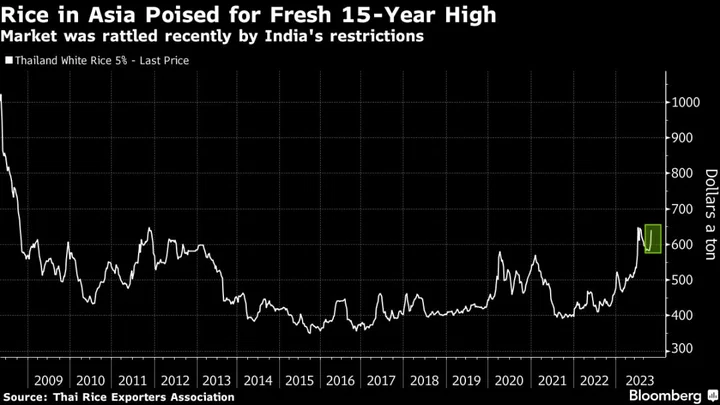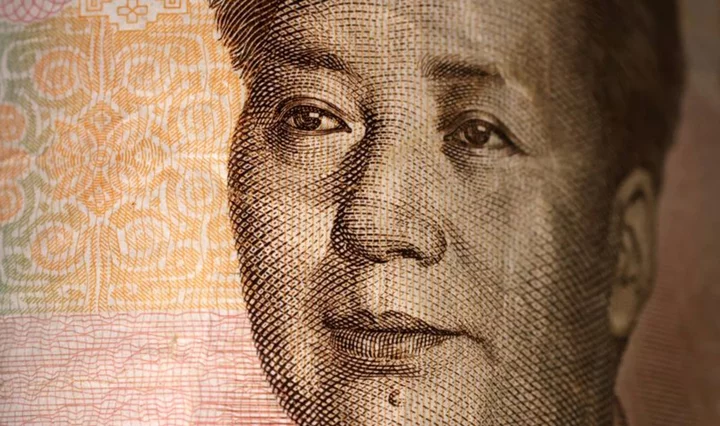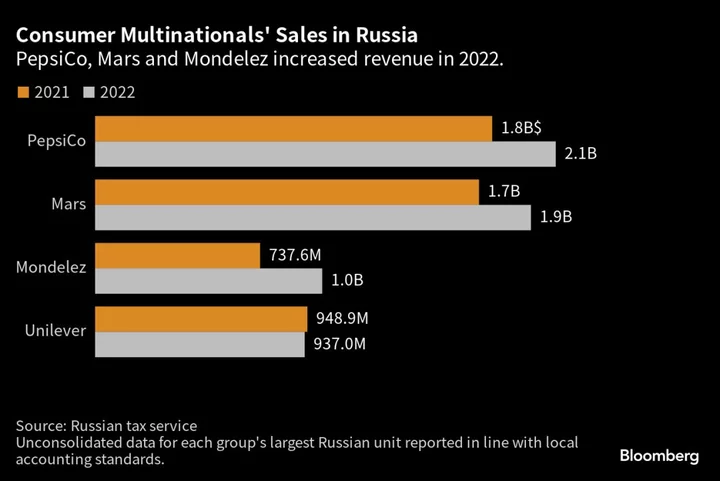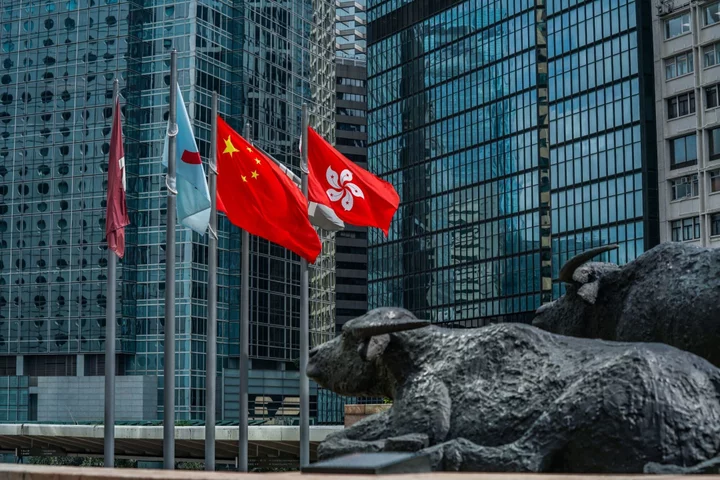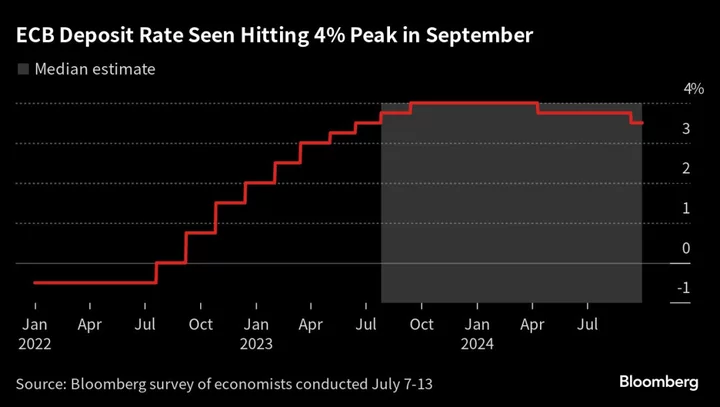Rice prices are on track for a new 15-year high, threatening to spark more angst in Asia and Africa where the grain is the staple for billions.
Thai white rice 5% broken — an Asian benchmark — has jumped by $57 over the past two weeks to $640 a ton following a period of relative calm, putting prices just short of the highest level since October 2008. That milestone was reached in early August in the wake of sweeping export curbs from top shipper India.
Increased demand for Thai rice from unexpected buyers such as Brazil and the Philippines has contributed to the rise, said Chookiat Ophaswongse, an honorary president of the Thai Rice Exporters Association. Higher domestic prices and a strengthening of the baht have helped to underpin the surge, he added.
“We’re selling well now because Vietnam is low on stocks,” said Chookiat, whose group sets the price for 5% broken and other varieties each week.
India ramped up export curbs in late July and is expected to keep them in place into next year as Prime Minister Narendra Modi seeks to contain domestic prices ahead of an election. The measures led to a raft of supply deals and diplomacy as major consumers worried about supply.
Rice is vital to the diets of billions and contributes as much as 60% of the total calorie intake for people in parts of Southeast Asia and Africa. Rising prices have fueled higher inflation in major buyers Indonesia and the Philippines.
The onset of El Niño, which typically brings drier conditions to growing areas in Asia, is poised to crimp supply even further. Thailand’s production is set to decline 6% in 2023-24 due to the climate phenomenon, while Vietnam directed some farmers to plant their new crop early warning of drought risks.

